Last updated on 2025-10-26
A review and photo example of the SONY Cyber-shot DSC-S40.
- Please see the disclaimer regarding advertising here.
- Italicized links in the text are advertisement links that take you to other sites.
Table of contents
Gallery
Review
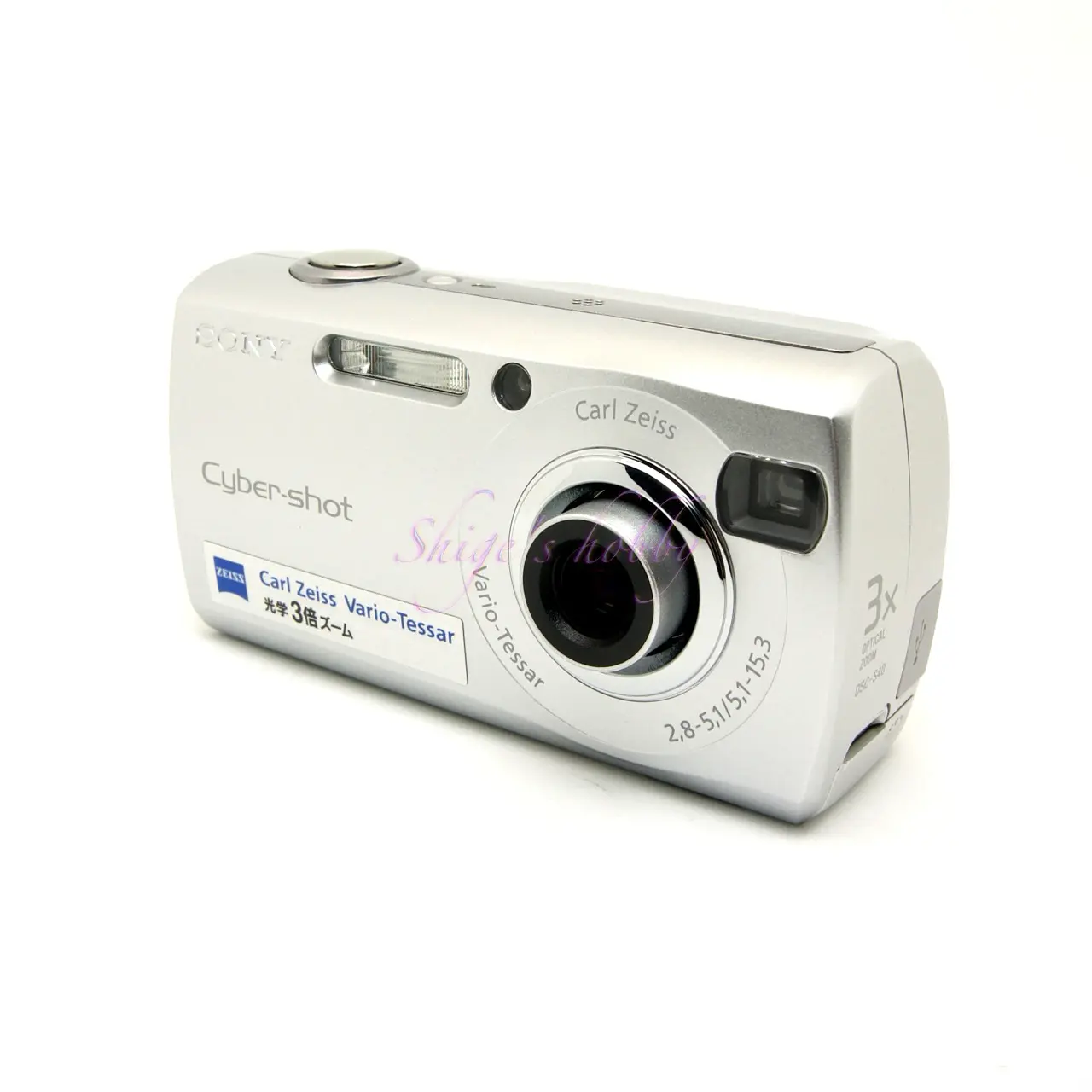
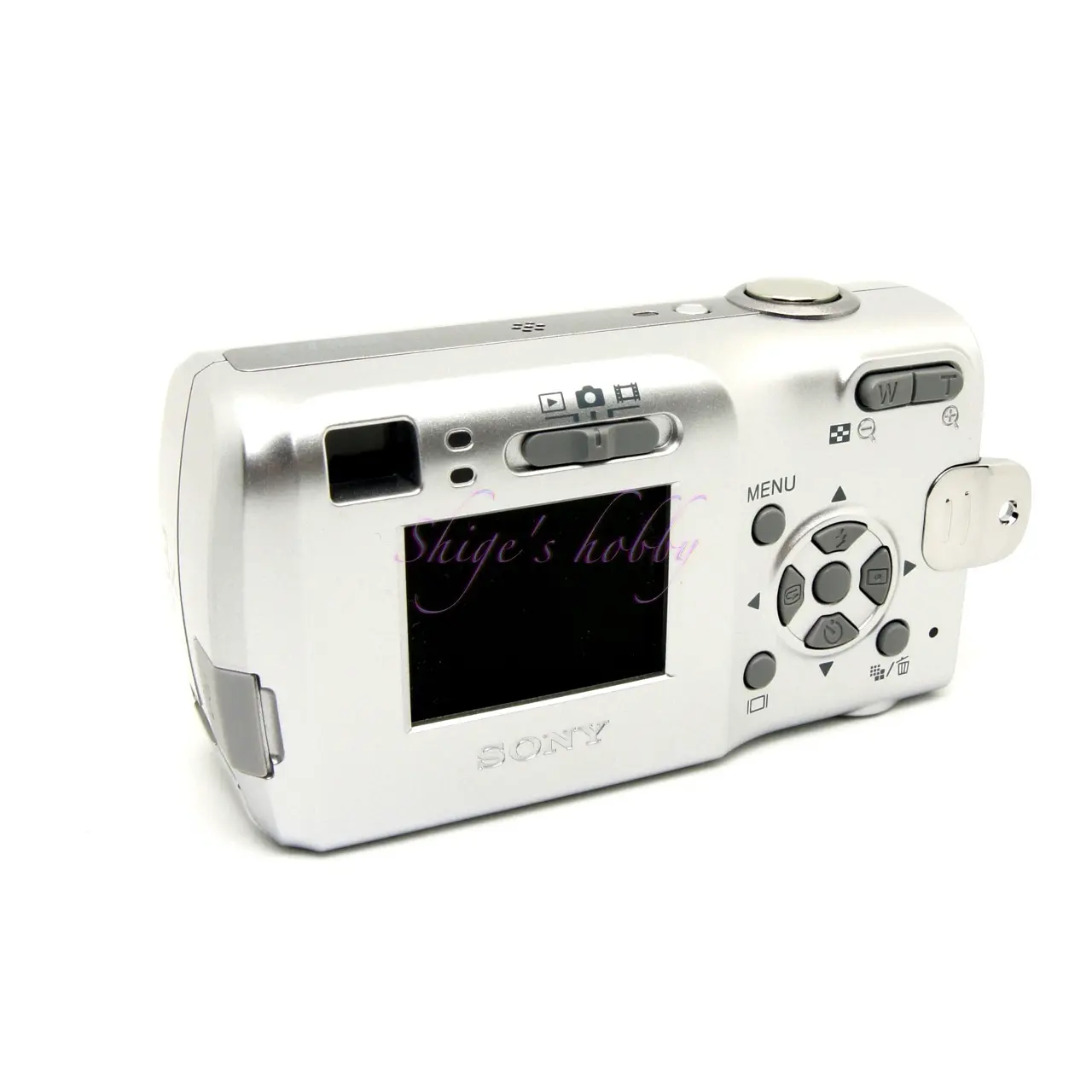
1.Overview
The DSC-S40 is a compact digital camera released by Sony in April 2005.
Its main specifications include a 4 megapixel CCD sensor, a 3x zoom lens equivalent to 32mm-96mm in 35mm format, a real image optical viewfinder, and a 1.5-inch, 77,000-pixel LCD on the rear.
The sensor size is 1/2.7 inches, and the actual focal length at the wide-angle end is 5.1mm, which can be confirmed by converting it to a focal length of 32mm in 35mm format (conversion magnification 6.15).
The camera uses two AA batteries. The following batteries can be used:
- Alkaline batteries
- Nickel-metal hydride batteries
- Lithium batteries
2.Usability
The camera responds well after pressing the power button, and you can take a picture almost instantly. However, the autofocus and autoexposure (brightness adjustment) tracking speeds are slow, so if you release the shutter in a hurry, you will end up with a blurred photo with inappropriate brightness. In terms of camera accuracy, it is not suitable for quick shots, but for taking pictures calmly.
The zoom-linked real-image optical viewfinder does not allow you to check the focus position, but only the shooting range.
The actual focus can be confirmed by the sound of focusing and the rear LCD, but the sound of focusing does not indicate where the focus is set (the camera only makes a sound when it determines that the focus is set), and the rear LCD specs are 1.5 inches and 77,000 dots, which is the specs from the early 2000s, so the quality of the displayed image is low and not very reliable.
Regarding the brightness of the captured image, since the exposure lock works, you do not need to adjust the exposure in the settings, so if you fix the exposure in a dark place and then point the camera at a bright place, you can take a bright photo with overexposure, and if you fix the exposure in a bright place, you can take a dark photo. Some compact digital cameras automatically recalculate the exposure depending on where the lens is pointed even when the shutter is half-pressed, so I like this camera that can fix the exposure.
The lens distortion in the JPG images is large, and depending on the subject, the distortion is noticeable. Affinity Photo 2 has lens distortion correction, but the DSC-S40 does not. However, if you select “Filter” > “Distortion” > “Lens Correction” > “DSC-S60” > “Carl Zeiss DSC-S60 & Compatible (standard)”, it will be corrected to a certain extent.
Many image processing software programs have a lens distortion correction function, so if you can’t find the exact model, you should be able to get a reasonable result by trying a similar model.
When executing, it is recommended to edit and save the copied image and keep the original image as it is, as future technological advances may allow for more accurate correction. If you are only interested in the results, you can edit the original.
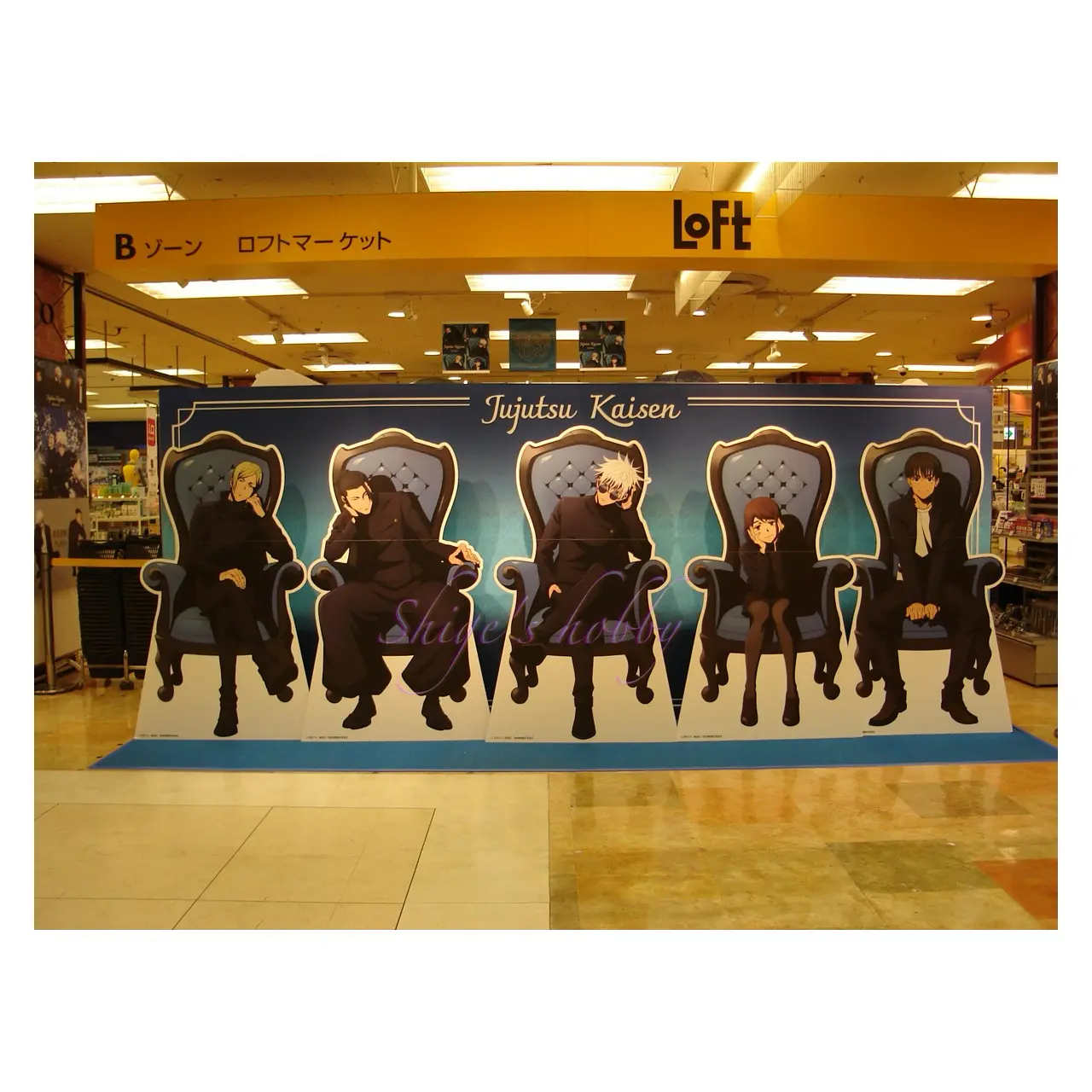
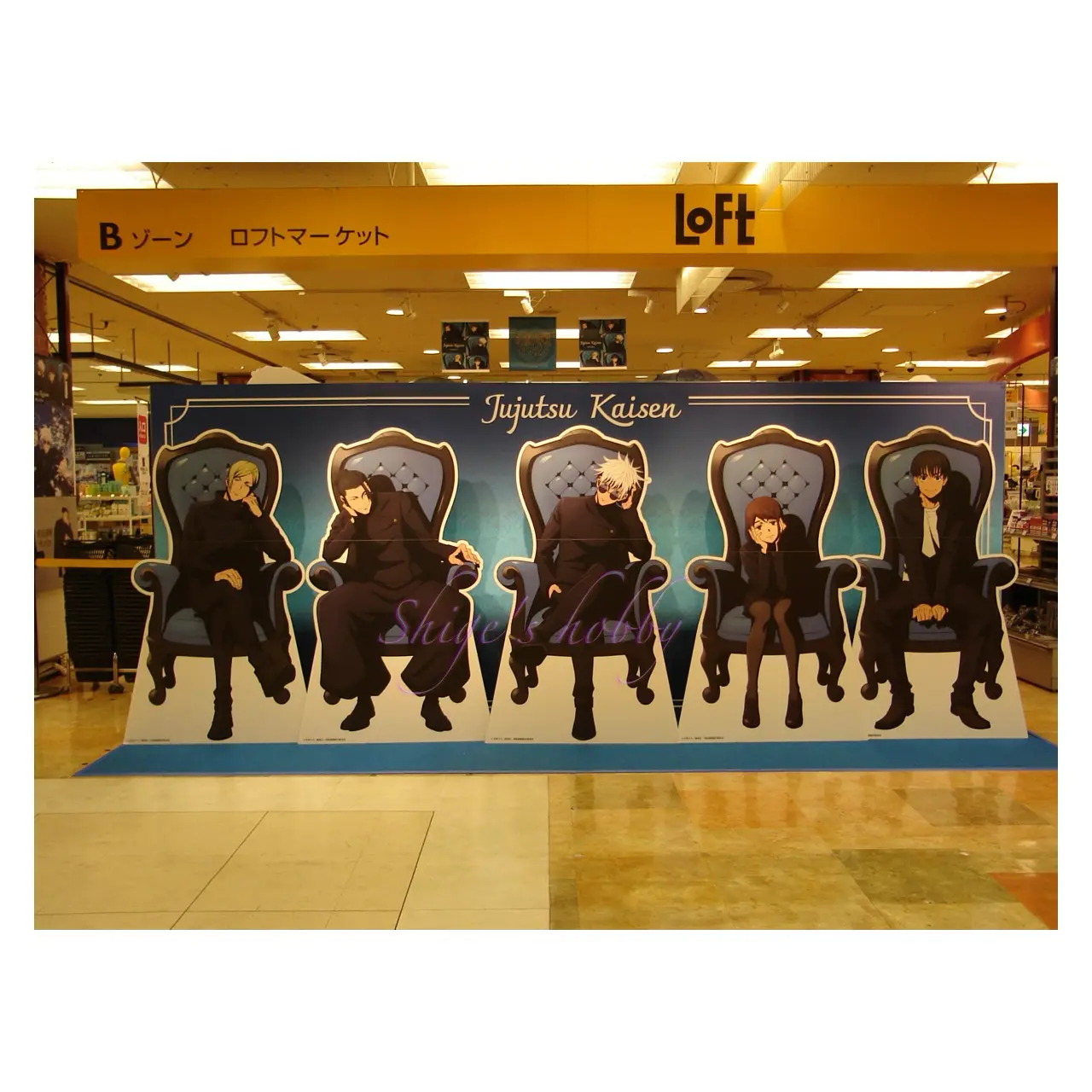
The auto white balance works well under sunny skies, but it becomes yellowish under LED lighting.
Also, the ISO sensitivity can only be set to auto in auto mode, and can be set from 80 to 400 in program and scene selection modes. ISO 200 or higher brings out noise, so I recommend using 80 or 100.
There is no shooting mode that allows you to set the exposure and shutter speed, and the only function that controls exposure, exposure compensation, is in the menu, so it is a bit of a hassle to change it depending on the scene. I think it would be better if it was assigned to a button, but the buttons are assigned to flash, quick view, metering method, and self-timer, so it’s a shame that there is no exposure compensation.
The flash also has a short reach, so I use it with it always off.
There are two types of images to shoot, fine and normal, and a 4-megapixel fine image is just under 2MB, so if you use a 2GB memory card, you can take more than 1,000 images. However, the image size of Olympus SHQ images is about 3MB, which is about 2/3 of the capacity, so the images are recorded more compressed than Olympus.
The compatible memory cards are Memory Sticks, and since it is also compatible with Pro, if you use the Memory Stick Duo Adapter MSAC-M2, you can use high-capacity cards of 2GB or more.
The advantage of this camera is that the battery compartment and memory card compartment are separate. In cameras that use round AA or AAA batteries and have a combined battery compartment and memory card compartment, when you open the cover to remove the memory card, the battery may pop out and reset internal information such as the clock and shooting settings. Especially in older cameras with worn-out internal batteries or capacitors, the moment the battery pops out, the settings are reset, so it is a hassle to set them up again, so it is a welcome design to have the battery compartment and memory card compartment separate like this camera.
As for battery life, I haven’t used it too hard, but I took about 100 pictures with two nickel-metal hydride batteries and there seems to be still some charge left.
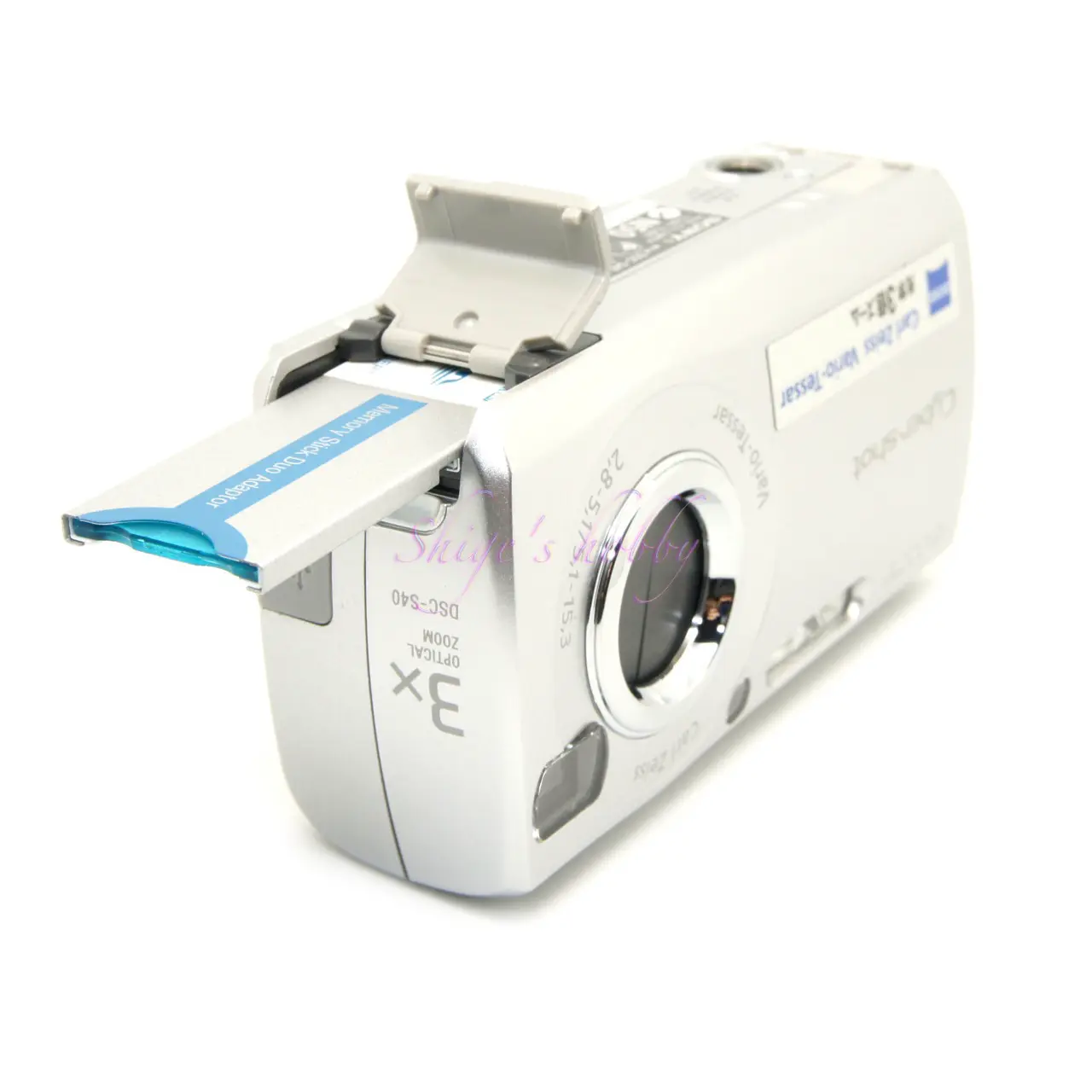
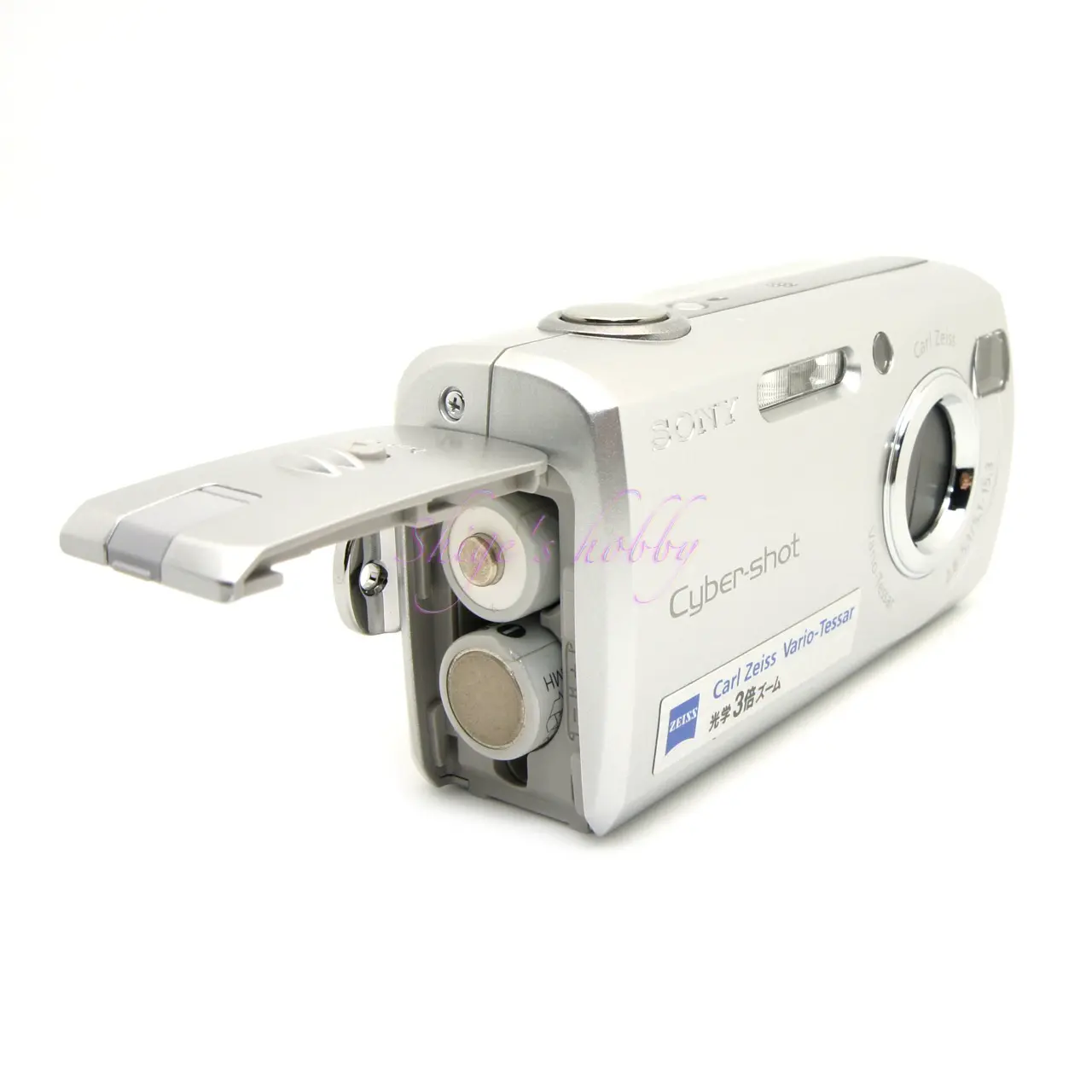
3.Summary
In conclusion, to sum up the DSC-S40, the good points are that it uses AA batteries, which are easy to obtain, and that the battery compartment and memory card compartment are separate, so there is no need to worry about power being cut off when changing cards.
However, for a compact digital camera from 2005, the body is on the thick side and not very stylish, and the focal length is 32mm-96mm with a 3x zoom, which is a bit mediocre. If you’re looking for something more stylish, the DSC-L1, which I’ll discuss below, is the better choice.
Specifications, considerations, etc.
DSC-L1 VS DCS-S40
The DCS-S40 uses the same basic system as the DSC-L1 released in October 2004, and the lens, rear LCD screen, sensor size, and pixel count are the same, making them like sibling cameras.
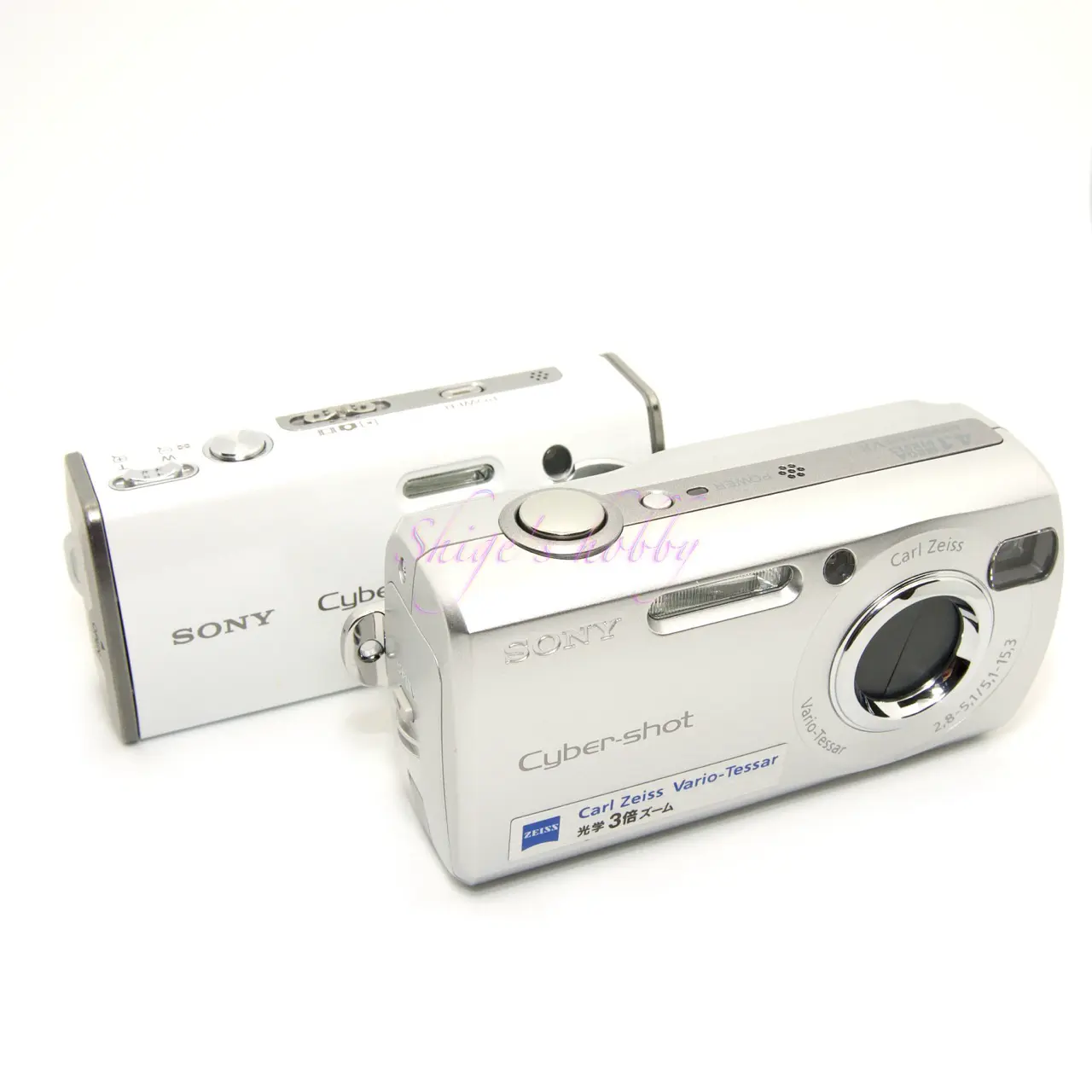
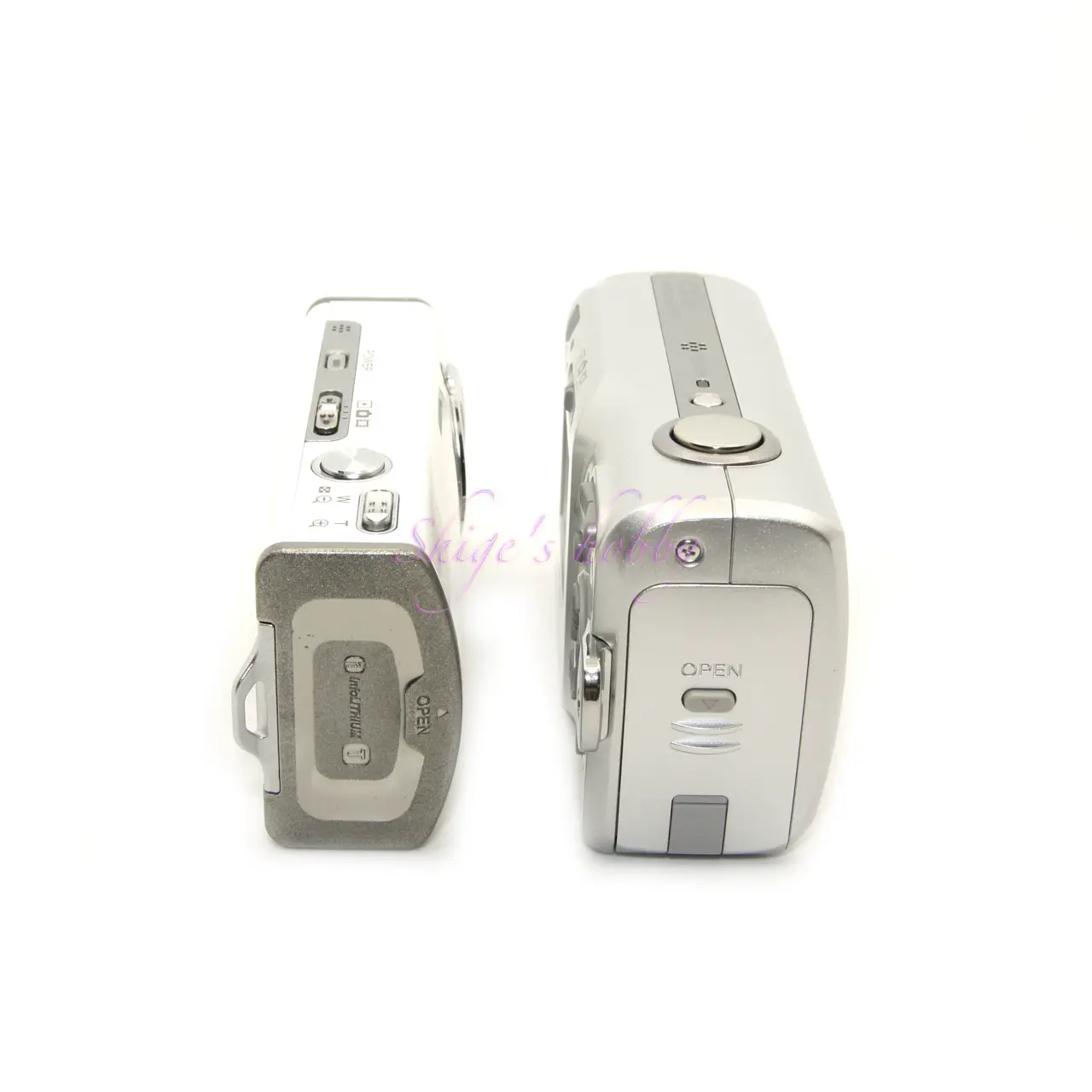
The differences between the two are threefold: battery, memory card, and viewfinder.
| Camera | DSC-S40 | DSC-L1 |
| Battery | 2 x AA batteries | NP-FT1 NP-FD1(Infolithium) |
| Recorded media | Memory stick /Pro | Memory stick Duo /Pro |
| Finder | Real image optics | none |
Before researching the history of the DCS-S40, I thought that the DSC-S40 was released first, and that the DSC-L1 was a smaller version of that, but I discovered that this was not the case, and that the DSC-S40 was released later.
When I looked into the DSC-S series model number of the DSC-S40, “DSC-S,” I found that in addition to the S40, the DSC-S series includes six models: the S30, S50, S60, S70, S75, and S85.
In terms of release years, the S70 was released in March 2000, the S30 and S50 in April 2000, the S60 in April 2005, the S75 in April 2001, and the S85 in June 2001.
It turns out that the S series includes the S30, S50, S70, S75, and S85, all released in 2000, and the S40 and S60 in 2005.
The S series, released in 2000, was a large camera that used the NP-FM50 battery for SLR cameras. It was five years older than the S40, so it’s clear it has little connection to the S40. The S60 and S40, released around the same time, also have few in common other than the fact that they both use AA batteries.
It seems reasonable to think it could have been given the same model number as the DCS-L1, which has nearly identical camera functionality. The reason this wasn’t done is likely because the DSC-S40 was larger and cheaper than the DSC-L1, so it would have been unfavorable from a marketing perspective to sell it as an improved version of the DSC-L1, and so the DCS-L2 name was not given.
| Items | S30 | S50 | S70 | S75 | S85 | S40 |
| Zoom | x3 | ← | ← | ← | ← | ← |
| Focal length | 39-117 | ← | 34-102 | ← | ← | 32-96 |
| Lens Brand | Sony | ← | Carl Zeiss | ← | ← | ← |
| Lens Construction | Unknown | ← | 11elements in 7groups | ← | ← | 7elements in 6groups |
| Lens Bright | F2.8-2.9 | ← | F2-2.5 | ← | ← | F2.8-5.1 |
| Number of Pixels | 1.25 million | 2.02 million | 3.24 million | ← | 3.98 million | 4.1 million |
| Image sensor | 1/2.7 | ← | 1/1.8 | ← | ← | 1/2.7 |
| Finder | Real image optics | ← | ← | ← | ← | ← |
| LCD size Number of pixels | 1.8インチ 12万 | ← | ← | ← | ← | 1.5インチ 7.7万 |
| Battery | NP-FM50 | ← | ← | ← | ← | 2 x AA batteries |
| Recorded media | Memory stick | ← | ← | ← | ← | Memory stick / Pro |
| Weight(g) Only body | 316 | ← | 310 | 352 | ← | 132 |
| Size(mm) | 113×68×69 | ← | 117×71×64 | ← | ← | 99× 52× 34 |
| Release date | 2000.4 | 2000.4 | 2000.3 | 2001.4 | 2001.6 | 2005.4 |
| Body Color | Silver | ← | ← | Gray | Black | Silver |
Options
- Accessory kit ACC-CN3TR Suggested retail price 3,850 yen (tax included)
- Accessory kit ACC-CN3 Suggested retail price 4,950 yen (tax included)
- Memory Stick / Memory Stick Pro
Reference links
- DSC-S40 Sony official information
- ITMedia Sony DSC-S40 article
- DSC-S70, DSC-S50, DSC-S30 Press Release
- DSC-S75 Press Release
- DSC-S85 Press Release
Update history
- 2025.5.4
- 2025.2.10
- 2024.07.18
Affiliate
- Please see the disclaimer regarding advertising here.
- Italicized links in the text are advertisement links that take you to other sites.


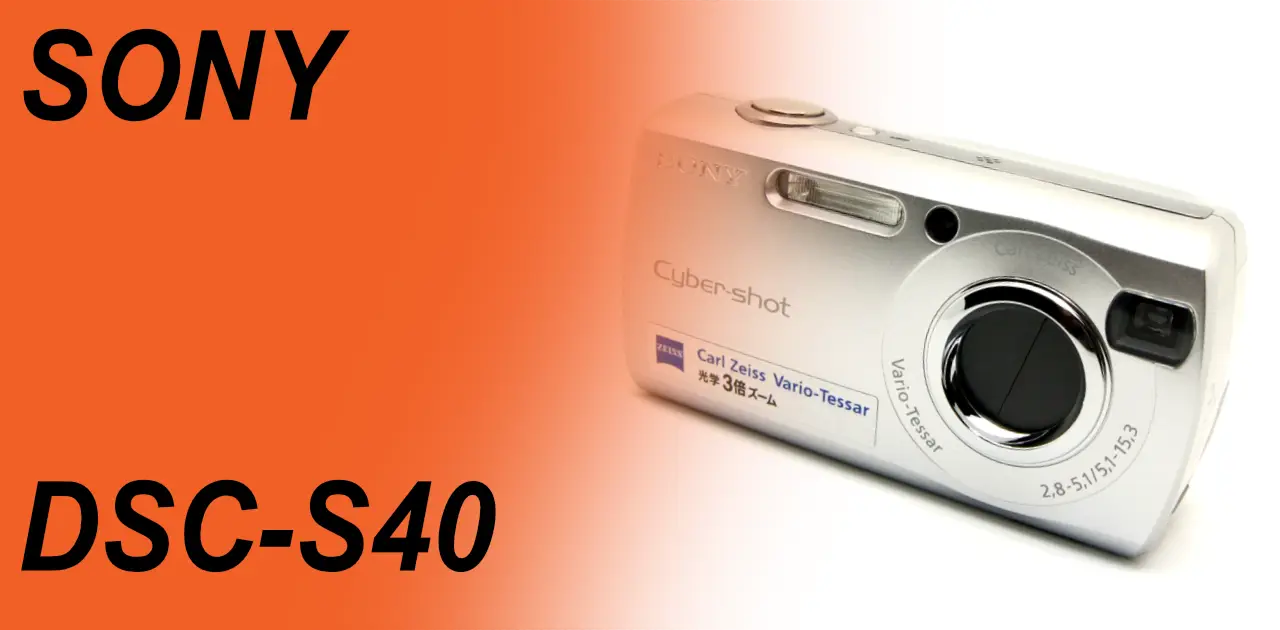

Be First to Comment